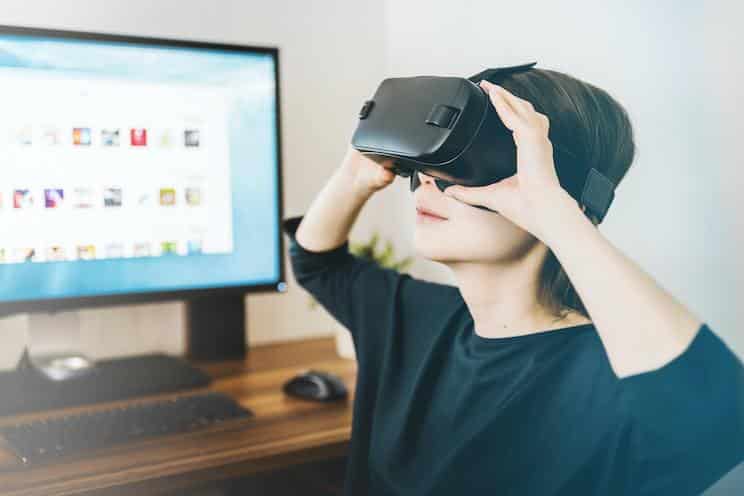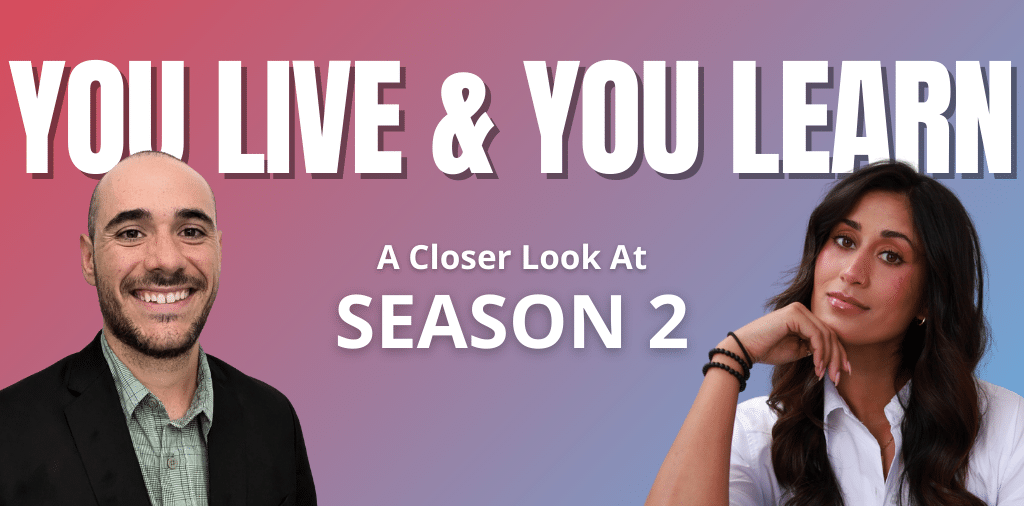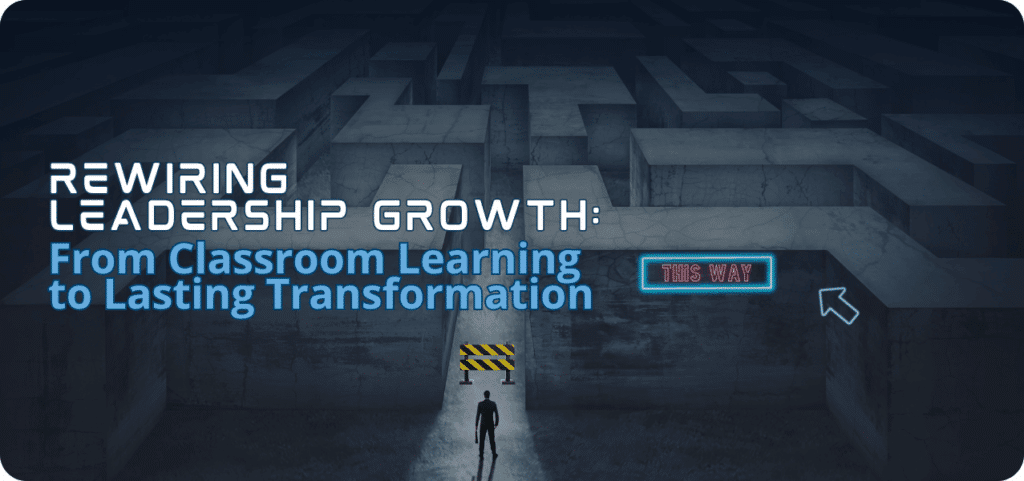Virtual Learning is Here to Stay

Introduction
Whenever I ask L&D leaders how they have been lately, the answer is always the same: It’s been a very busy year as we’ve had to take our entire curriculum online. When I inquire some more, it generally appears that the process was more or less consistent across organizations. When lockdowns started happening around March-April 2020, L&D activity was shut down for a few weeks, which was a time to take a step back and think of what needed to happen.Then they were back at work, working hard, prioritizing necessary programs (new things: COVID-19 safety training, work from home policies, new tools, management in remote setups, etc. but also crucial L&D programs to business continuity). At that stage, it was mostly a matter of getting things done – delivering while we waited for things to go back to normal. Then we slowly started realizing a few things: 1/ we may not go back to normal as fast as we wanted to; 2/ hence, we couldn’t just put band-aids on things but really need to up the ante when it came to online L&D, especially since we were seeing Zoom fatigue creep in; 3/ we need to make online L&D programs engaging and experiential – even more so than in-person programs.
We are now at the stage where most L&D teams are trying to crack this challenge, having realized that even when the health situation gets better, we will rethink in-person gatherings in office, in training programs and events. While times are tough, I heard many L&D leaders express how this has brought a silver lining: a much faster turnaround, and the dropping of mental and organizational barriers regarding online learning.
With this in mind, we also have done a lot of research and experimented quite a bit with experiential learning in the virtual world. A year later, we ran several virtual Learning Expeditions, hackathons and online leadership programs. So we thought we would share the learnings that we developed along the way as they refer to how you can keep the experiential element alive in online learning and leadership development programs.
This article explores the principles that we believe in.
We would love to hear your thoughts and if we can help implement them, please reach out to us.
Imane Terrab
Chief Advisory Officer
Based on research by WDHB Lab
Principles of experiential learning:
Research into the experiential learning literature, 30+ years of combined experience from WDHB have led us to formulating the following principles and values of experiential learning:
Emotional:
Experiential learning programs engage the head and the heart. It is now widely acknowledged that emotion has a substantial influence on the cognitive processes in humans, including perception, attention, learning, memory, reasoning, and problem solving. Emotion also facilitates encoding and helps retrieval of information efficiently (Learn More). As L&D designers, we need to incorporate elements beyond the purely-rational: personal stories, engagement of the senses in learning, etc. It’s about engaging participants emotionally & authentically in a psychologically safe setting.
Active and interactive:
Research shows that action-oriented concepts are far better suited to facilitate the learning of even rather complex competence units. When learners take initiative and make decisions during the learning process, they are far more likely to remember the concepts learned. Self-direction also generates accountability, helping learners bridge the gap between concepts learned during a program and their So we thought we would share the learnings that we developed along the way as they refer to how you can keep the experiential element alive in online learning and leadership development programs. real-life implementation.
Immersive:
While it’s been recently reduced to the use of artificial environment and virtual reality, immersive learning is really about being as intentional in the design of the learning environment as the contents of the learning, providing learners with an engaging environment that takes them away from the concerns of everyday logistics and into a world of stimulation and unpredictability.
Reflective:
Most experiential learning design refers to Kolb’s reflective model, the basis of which being that the concrete experience is followed by reflective observation, abstract conceptualization and then active experimentation. Experiential learning programs must dedicate enough time and space to individual and group reflection following the experience.
Relationship-oriented:
Experiential learning is by essence, community-based learning. The collective dimension of a shared experience is key in triggering emotions, generating interactivity and contributing to the feeling of immersion. Moreover, by building two-way dialogues (rather than sticking to the traditional instructor model) and collective problem-solving exercises into programs, L&D designers help nurture relationships that contribute to learning continuity.
Self-exploring
While the collective dimension is key in experiential learning, enabling participants to draw direct links between the program they take part in and their own personal and professional journey is the condition to generate accountability and go from learning to behavioral change. Hence, it’s paramount to create the conditions for participants to explore their relation to self and others.
Metaphorical
Because metaphors always have an element of surprise, they play an interesting role in the encoding of information and its assimilation, making new information more concrete and easier to imagine, while also enabling it to become more memorable. Metaphors invite participants to have a fresh outlook on the concepts they are learning and to actively engage in bridging the gap between the metaphor and the more applicable concept.
The challenges and opportunities of experiential learning in virtual set-ups
In the last few months, trying to stay true to our principles of experiential learning while designing and delivering online programs has presented a few challenges like many of our clients, partners and other L&D practitioners around the world. Through all of our experimentation, we have come to the conclusion that while virtual set-ups make it harder to bring in certain elements of real-life experience, there are several ways to bring in experiential elements to overcome the challenges of online-only learning. And most importantly: rather than only compensating for the lack of in-person interaction, and trying to replicate the in-person experience, designers and facilitators of online L&D programs should instead leverage some of the unique opportunities enabled by the virtual setup.
In virtual setups, it’s more challenging to…
Remain in immersion:
We’ve all experienced it: it’s not easy maintaining a sense of immersion and surprise while learning, quite literally, in our comfort zone, at home, with distractions just one click-away. Moreover, Zoom fatigue is real and learner’s disengagement is a high risk in online programs.
Encourage informal connection:
Informal interactions are a core part of the learning process, helping contextualize the content and bringing an emotional dimension to learning. However, screen mediation makes the informal, the “accidental”, the spontaneous more scarce.
Create emotion:
Our senses play a big role in our discovery process and are often the unsung heroes of the learning process. Engaging them, switching locations and contexts are part of the learning designer’s task, made somehow harder by the limitations of computer-mediated setups.
How to overcome these challenges:
Tools for engagement
There are a variety of tools available to maintain learners’ engagement: VR/AR’s progress provides opportunities for targeted immersions, but beyond that, clever L&D design should focus on tempo changes, gaming techniques, and visual storytelling to make programs more engaging.
It’s up to the designers and facilitators to leverage the right amount of tools and to use them in the right context in order to avoid the trap of being too gimmicky. Sometimes less is more: for instance, we’re seeing a rise of audio-only content in order not to distract learners with information and to only focus on what’s needed, at the right time.
Some razzle dazzle
Surprise is important, and habit is one of the killers of learning. So there is a huge opportunity here to find the little things that enchant learners. Take a clue from UX design: the user experience should be seamless, sure, but a bit of sparkle here and there, or a touch of humour, brings attention back when it’s diminishing. Theatrics, impromptu moments, etc. can go a long way.
Let it go
People have diverse attention spans, and different ways of learning – and that’s true both in in-person and online learning programs. It’s important to provide a variety of offerings (formats, contents, delivery modes) to enable people to pick and choose what works best for them. As digital brings more flexibility, it also requires L&D designers, trainers and facilitators to let go of the illusion of control and let the learner in the driving seat of their own progress and take-aways.
In virtual set-ups, it’s easier to…
Bring diversity
By freeing ourselves from the time and location constraints of in-person, we can create new opportunities for diversity: content being location-independent, the learnings can now come from anywhere in the world. On the other hand, why not make a wider audience benefit from the content available? We’ve sometimes seen people bring their spouses and children along with them, bridging the professional and the personal. The diversity of platforms, artefacts and tools enables the learning providers to always have something new and cool in store for their audience.
Focus on self
While learning is often a collective process, it is important to take time for individual reflection and sense-making in order to enable appropriation. Learning-from-home can bring in more opportunities for self-reflection in contexts that are well fitted for it, away from the hustle of the office. Also, the ability to mix the asynchronous with the synchronous, the individual with the collective can enable more flexibility and adaptation to each learner’s context.
Generate accountability
Along with that, come more opportunities for participants to work at their own pace, and commit to their own learning process. From a learning design standpoint, the ability to space learning sessions out more than in-person programs also enables you to include more pre-work, more solo-experimentation, and more back-and-forth between theory and practice, resulting in stronger impact.
In summary
Our recommendations to bring experiential learning to life in virtual setups:
The right balance for engagement
- Use engagement tools (there’s a profusion of options out there, go explore)
- Search for novelty (the unexpected is an important driver of learning)
- But don’t fall into the trap of gimmicks
- Sometimes, less is more (engagement also comes from not overwhelming the sense)
Becoming more learner-centric
- Virtual brings in many opportunities to adapt to an individual’s preferred ways of learning (pacing content, varied delivery formats, more asynchronous, etc.)
- Stronger individual focus generates more ownership and accountability
- Bridging the gap between work, life and learning might take us closer to the 10-20-70 balance (the lines are more blurred between personal and professional, between work time and learning time than you have in traditional in-person programs)
Maintaining the basics
- Strong, engaging content – same in person and online
- Emphasis on the flow and red thread
- Learning that fits the needs of the people (gathering expectations beforehand, continuous assessment, follow-up)
An opportunity to experiment
- Now is the time to try new things, from a tech standpoint as well as from a design and facilitation standpoint
- Getting learners to come up with ideas and suggestions so that the L&D programs are not “just another conference call”
- Join a community – most L&D people are experimenting and learning to do things in an entirely new way, getting support from peers.
Get in touch with us today!
Read More:
Read More: Virtual Leadership Training
Author
Subscribe to get Access to Exclusive Content





